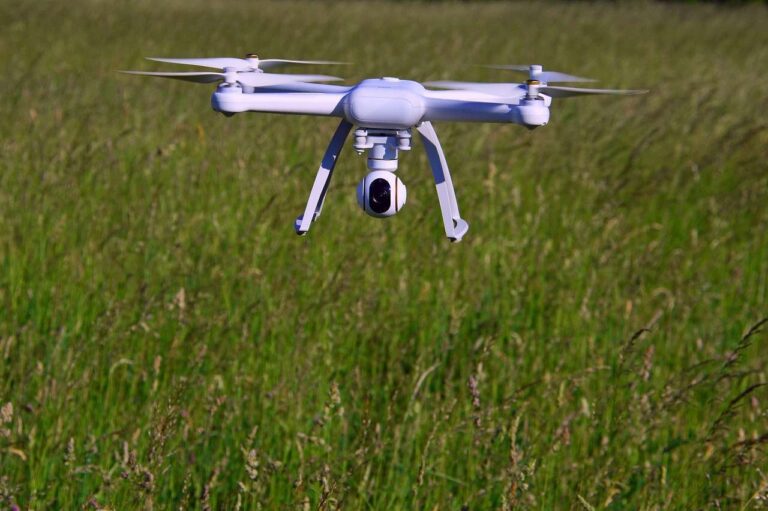We begin this weekly column by referring to our 10 years of experience in drone technology, which, although it may not seem much, is highly valued in this technology.
Our first steps in getting to know the technology of the drones were given at the beginning of 2012. As time went by, it became part of our professional profile and turned into a passion. The interest was growing exponentially in direct line with the advances that this technology shows, and which never ceases to amaze us.
A vision of the future and the difficulties of the challenge
We must admit that our initial interest was purely recreational. We were delighted to be able to fly a device with which we could film, take beautiful photos and videos, scenes that we could commonly observe from an airplane or helicopter.
With the passage of time, I met the engineer Guillermo Roldós, a colleague of mine from the IT Technologist career, who in 2013 helped us to project what in first world countries was being applied in agriculture. We refer to soil analysis, NDVI index, water stress, among other applications. But, in the context of the reality of that time, the process was much slower than expected.
In 2013, talking about drones for agriculture in Uruguay was a utopia for most people. Even so, our neighbors Argentina, Brazil and Chile were already carrying out large-scale field tests with good results.
We envisioned the use of drones to be applied in one of our strong productive activities such as livestock, especially for cattle counting. Unfortunately, at that time we were very far from realizing it, not only because of lack of knowledge and confidence in this technology, but as often happens in these latitudes, because of its high associated costs.
Priorities change and opportunities arise
Often, no matter how much the market resists the addition of foreign technologies, if they are powerful enough, in the end they always end up imposing themselves by their own weight. This is what has happened in many cases. Specifically, this is true with respect to their use in agriculture. We are going to show that, although the initial investment is relatively high, the results are excellent, which makes us value that the initial cost is worth it.
As a preview, the operating cost of a drone is undoubtedly lower compared to traditional methods. If we relate it to the amount of hectares to be covered, it can be said that it ends up being self-financing. We affirm this, without going into "fine detail" and detailing the amount of extra benefits that this technology has by avoiding human risks. To be more precise, it makes it possible to shorten times and operations.
What should we care about when analyzing drone technology?
We would like to leave you some "tips" in his memory. Speaking in Creole, as we Uruguayans say, what should I know and compare to say firmly, I bet on this option.
- Initial investment cost?
- How long (minutes) does a battery last in normal flight?
- How many hectares does one battery cover?
- How many charge cycles does a battery have a useful life?
- How much does an extra battery cost?
We have raised some questions, which we consider fundamental to start analyzing the market of brands, models, characteristics and costs. Also with the purpose of being able to make the necessary comparisons with traditional methods.
We will meet again soon. We send you our cordial and "drone" greetings.



